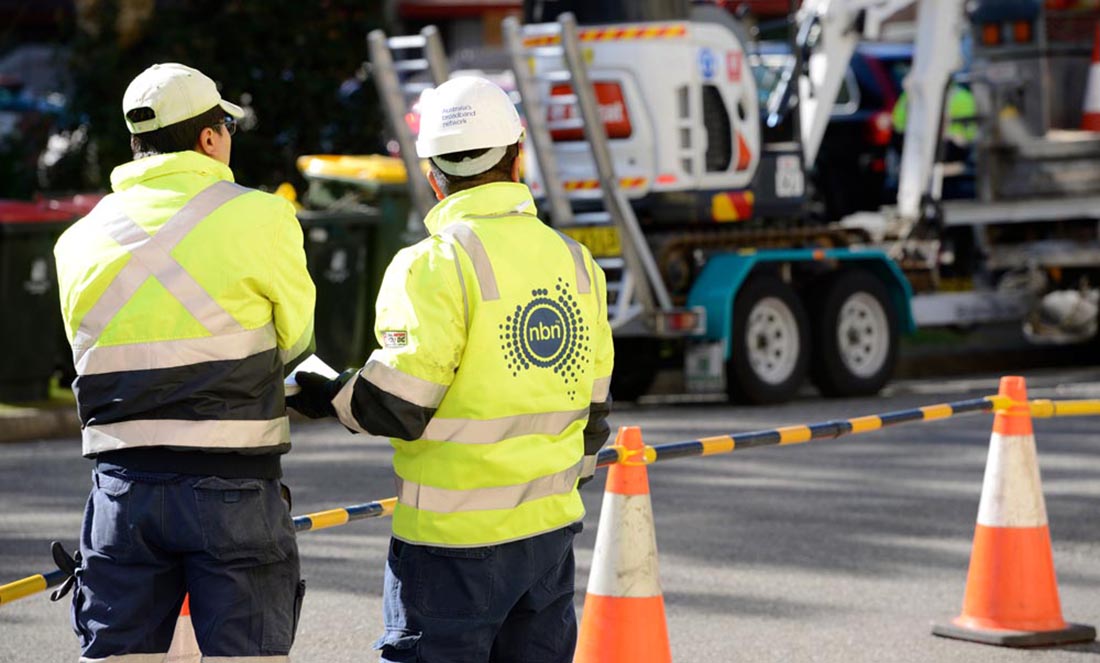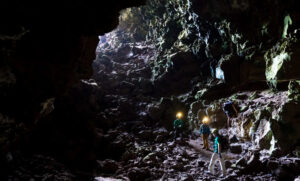A story that never fails to amuse involves the time in 2007 that I moved to Perth from Canada to do a PhD on Facebook with Curtin’s internet studies programme. After 6 months being stuck with either dial-up or the campus’s highly restricted internet (at the time, Facebook was blocked for being a ‘time waster’), I had to move to another suburb, specifically chosen because it was one of the few that had DSL so I could, well, study the internet.
The NBN
Ten years later in 2017, Australia was still ranked 50th in the world in terms of internet speeds (behind small island territories including the Isle of Man, Puerto Rico and Réunion, even!) The NBN was meant to be a solution to all this.
Finally, the NBN would solve Australia’s long-running, slow internet problem. After years of lagging behind the world, the NBN would bring us all fast internet! Huzzah!
But we all know what happened.
Instead, the NBN has become a rather large, rather expensive problem of its own. Last year, 10,000 homes were without any internet access due to the NBN rollout, while complaints about the service were up 160%, 4000 of which were about slow speeds.

Luckily, however, our friends in the US and their problems with net neutrality might offer Australians a better solution in the fight to keep the internet open, free and neutral.
Net neutrality
While the US was the birthplace of the internet, it too is struggling with connectivity and internet speeds. Unlike Australia whose problems stem largely from poor government planning and bad infrastructure, the situation in the States stems from the monopolistic practices of powerful telcos, including their recently won fight against net neutrality and an open internet.
Net neutrality is the idea that the internet is a public good, and as such all data carried on it should be treated equally, regardless of who is providing the service, what content is being accessed or how much is being charged. Put another way, this means that telcos cannot increase or decrease speeds or access to certain types of content or websites. Net neutrality would prevent an internet service provider (ISP) from say offering its customers, for a higher fee, faster access to Netflix than customers of another ISP. It would also prevent ISPs from artificially slowing access to content for lower-paying customers.
Broadly, net neutrality is designed to maintain a fair, open and free internet for all. However, in December 2017, after numerous attempts at legislation, the Federal Communications Commission finally voted to get rid of net neutrality entirely—opening the door for ISPs to create internet fast lanes and charge more for access to them.
Taking matters into their own hands
Americans are now trying a different approach and taking matters into their own hands. Faced with the loss of net neutrality combined with slow, privately owned infrastructure, communities are building their own networks in the form of municipal broadband to ensure fast, free internet for all. In this model, the infrastructure is owned by the community or by municipal, county or state governments, who then offer internet access to local residents and businesses.
For example, the city of Fort Collins, Colorado, voted in early 2018 to build its own broadband network. The city-owned and operated network will not only uphold net neutrality, it will be faster and cheaper than the service provided by Comcast (one of the largest US telcos).
So far, over 750 communities in the US have built their own broadband networks. Similar initiatives are popping up in Canada as well.
NBN? Try municipal broadband
In Australia, this form of local, decentralised initiative may be the solution we’ve been looking for. Indeed, in the mid-90s, Australia experimented with community broadband, including Canberra’s TransACT (which was later sold to iiNet).
Last year, the city of Adelaide announced a 10 gigabit network to serve business in the CBD. The network, which just launched, is faster than the NBN and serves 40 CBD buildings. If elected, SA Labor has promised to expand the network further, rebranding it as The Fishbone.
Build your own
Intrigued? Inspired? Frustrated? The US-based Institute for Local Self-Reliance has put together a Community Connectivity Toolkit for those looking to create their own community or municipal broadband. The first step is building support among local residents and businesses as well as supportive individuals who can champion the cause. The toolkit also provides a number of successful models and case studies that can be used to make the case as well as provide a proven structure for your local broadband network.
So, rather than waiting for the NBN to be fixed (which could be never, by some accounts), who’s up for doing this thing?









